40T per hour palm kernel oil processing machine
Product Description
WHY Choose us
1,Over 25 years experience in oil pressing equipment field, ranking first in Shandong,China.
2, Cooperate with Shandong Machine Design Research Institute and Shandong University of Technology in the oil equipment, protein extraction, phospholipid extraction,etc. R&D and application of new technology.
3,Approval by CE Certificate, Quality Systerm Certificate, France BV Certificate, which guarantee the quality of the equipment.
4,DTDC Desolventizer with most advanced technology in solvent extraction section and Automatic Contorl System.
Main Technology
1,Pretreatment and Pre-pressing technology.
2,Solvent Extraction Technology.
3,Edible oil Refining Technology.
4,Dewaxing and Degreasing Technology.
5,Soybean protein concentrated and protein isolates Technology.
6,Peanut oil cold pressing and superfine fragrant peanut oil Technology.
7,Palm fruit pressing Technology.
8,Palm oil fractionation Technology.
Main Business Field
1.10-500T/H oil material first cleaning,drying and storage section turn-key project.
2.100-3000 T/D oil pretreatment, shelling and pre-press workshop turnkey project (soybean hot peeling, bean skin crushing; the soybean extrusion, high oil contained pre-press cake extrusion, and high oil contained embryos puffed; of direct puffed). Rice bran production line turn-key project.
3.Leaching workshop turnkey project (Towline extractor, Rotocel extractor, loop type extractor, DTDC separated machine, the full negative pressure evaporation, paraffin wax recovery, leaching workshop degum, phospholipid concentrate).
4.30-1000T/D oil continuous grade two or one physical (chemical) refining production line.
5.20-600T/D sunflower oil, rice bran oil, corn germ oil dewaxing turn-key project
6.10-200T/D Fatty acid esterification production cooking oil production line.
7.30-300T/D Palm oil extraction turn-key project.
Available oil crops
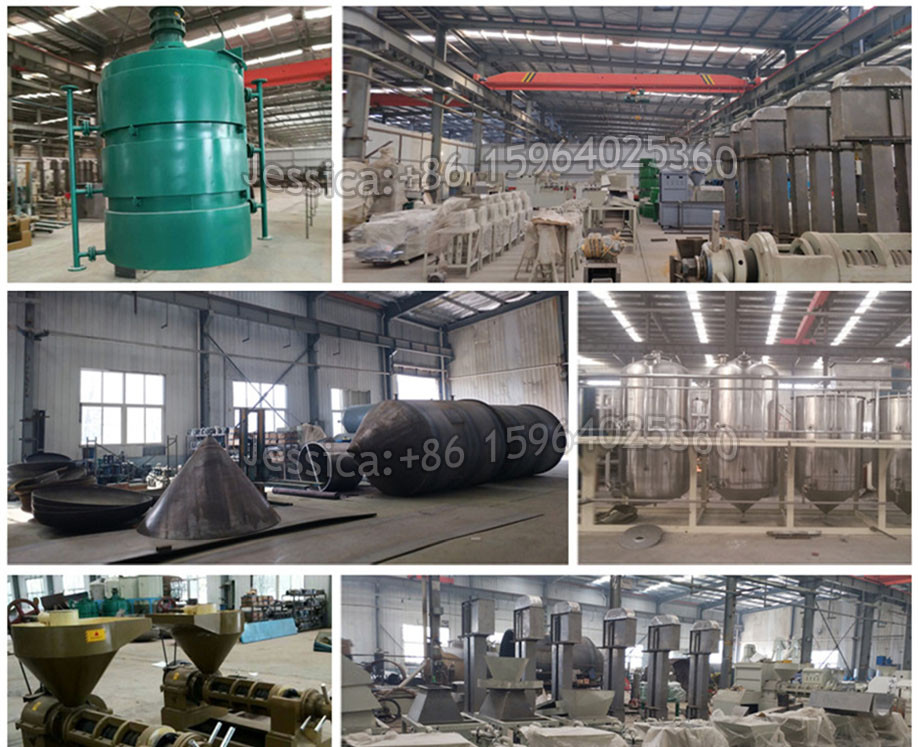

The techmology of my company for pretreatment and pre-pressing which mainly include the cleaning , decrustation extrusion,flaking,cooking and pre-pressing and so on .Considering the different characteristic of oil seeds and the customer requirements,we can provide you the special design,in order to adjust the oilseed to the optimun state ,which will improve the oil yield and the cake quality.
Pretreatment process feature:
1) Different combinations of process can process various oil plants in one workshop.
2) Use special intensified pretreatment technology for aroma peanut oil to make it more aroma.
3) Adopt advanced and reliable shelling technology to meet higher requirements for protein content in meal.
4) Extrusion treatment is used for raw materials with hard extraction, large-sized powder, and large capacity, which can reduce residual oil and solvent consumption, and increase the capacity by 50-80%.
5) The new technology of shelling and low-temperature treatment can ensure high protein and least denaturation.
Pretreatment flow chart for Palm oil
Palm fruit bunch → Sterilization → Threshing → Digesting → Oil press → Clarification → Shell and Kernel recovery
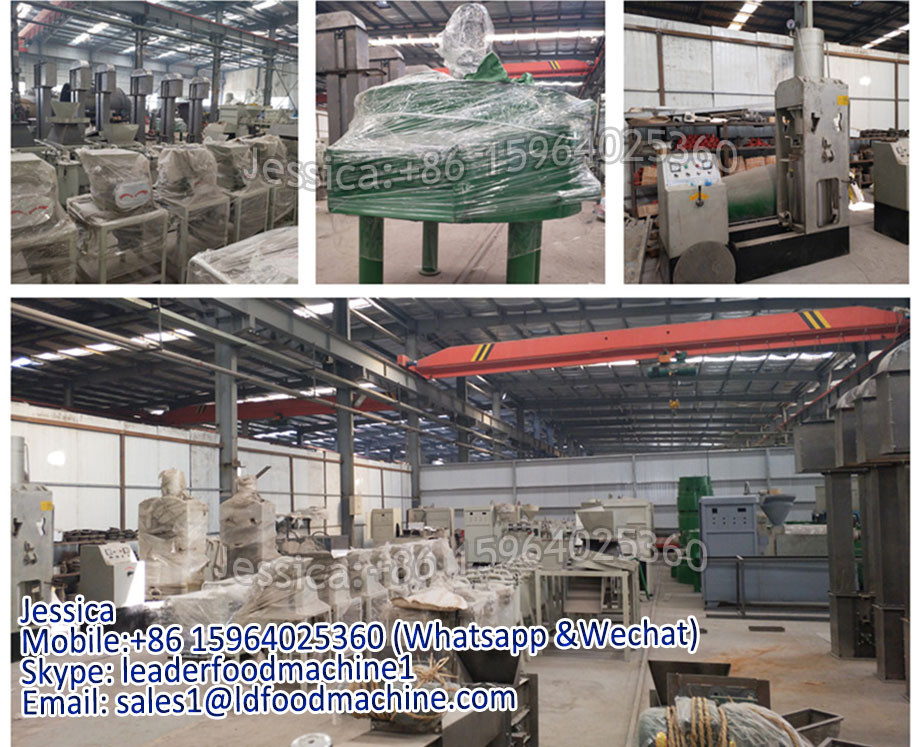
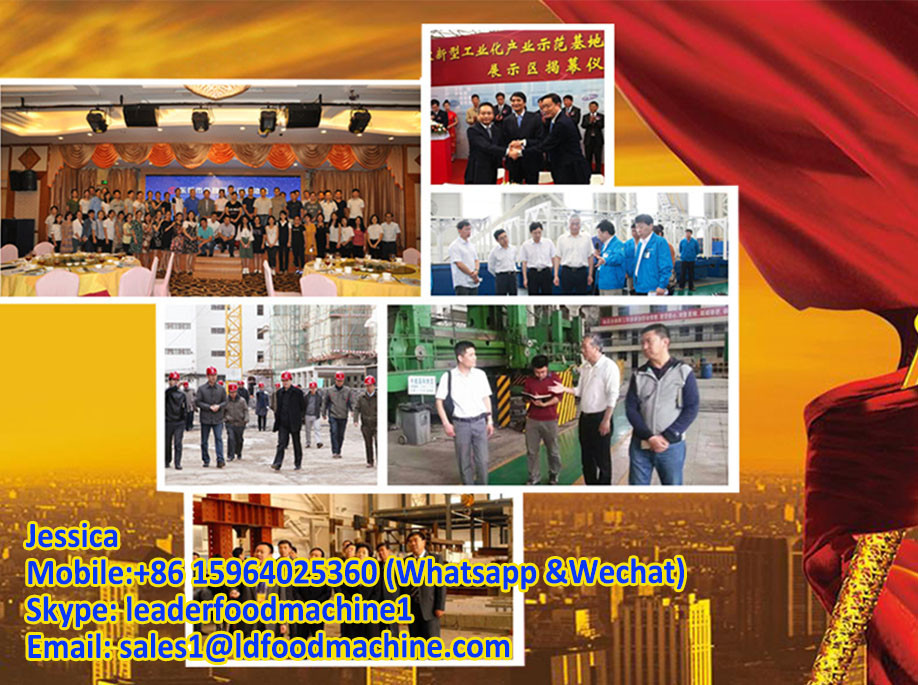
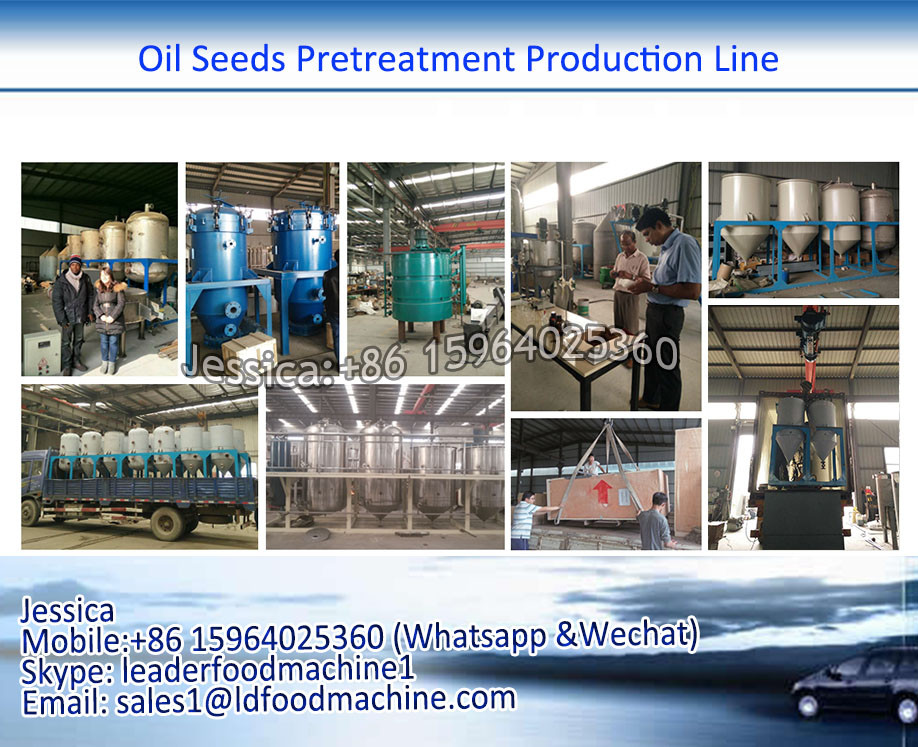

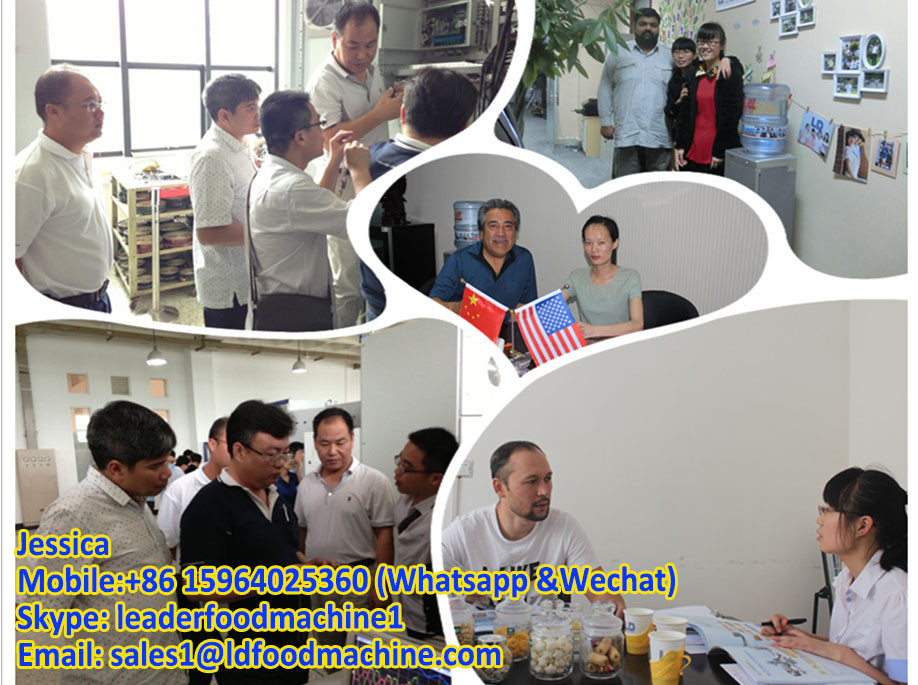
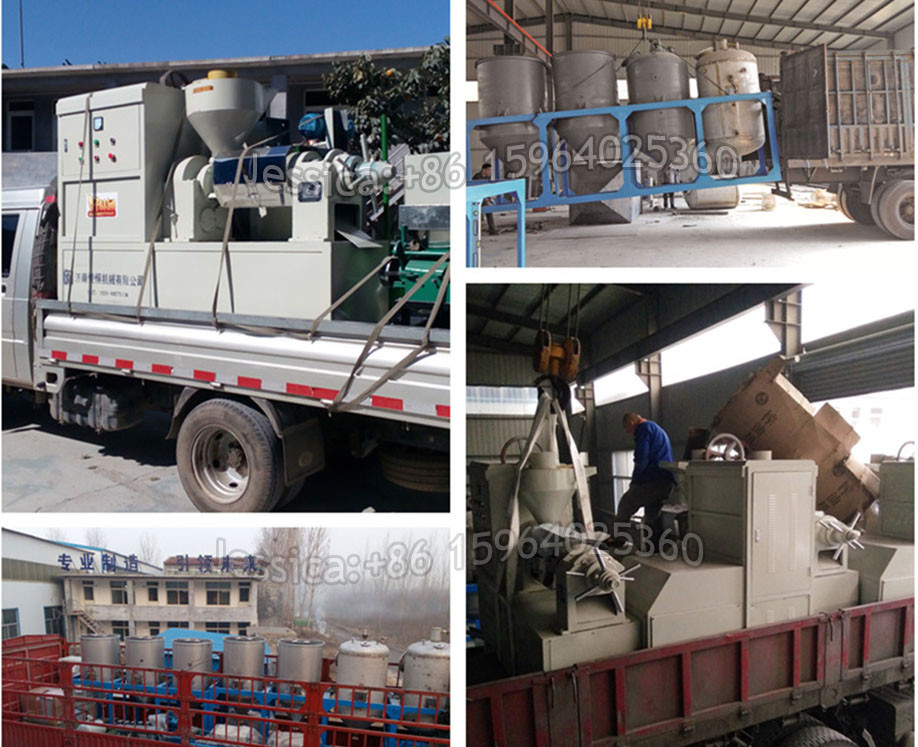
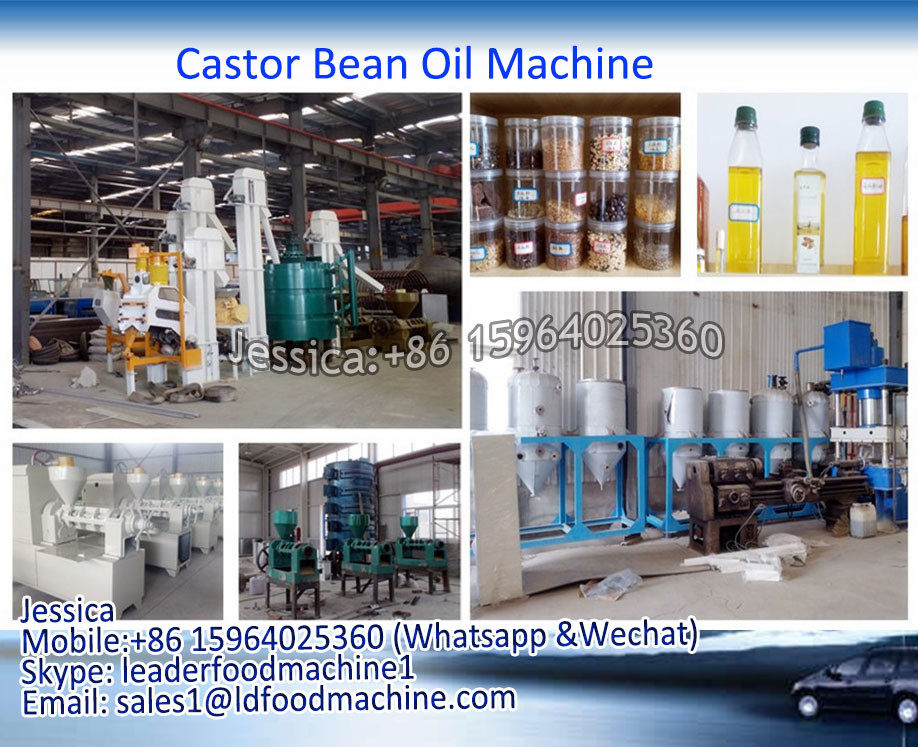

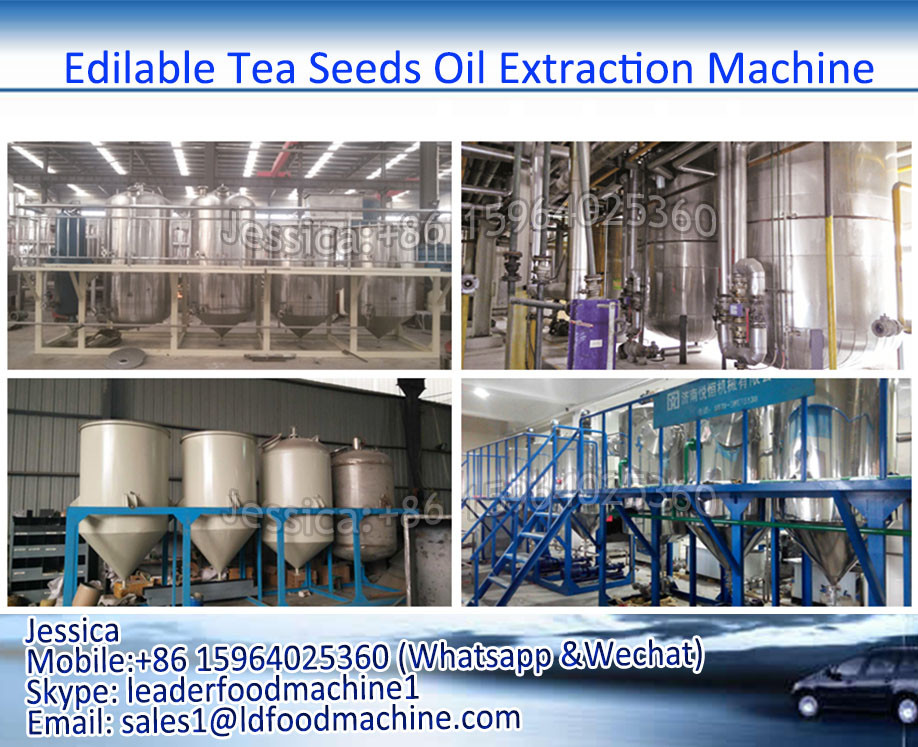

The processing technology parameter:
Capacity : |
5TPH |
Oil extraction rates : |
21~23% |
Oil content in FFB : |
≥24% |
Kernel content in FFB: |
6% |
Shell content in FFB : |
≥6~7% |
Fiber content in FFB : |
12~15% |
Empty bunch content in FFB: |
23% |
Press cake proportion in FFB: |
24 % |
Oil content in empty bunch: |
5 % |
Moisture in empty bunch : |
63 % |
Solid phase in empty bunch: |
32% |
Oil content in press cake: |
6 % |
Water content in press cake : |
40 % |
Solid phase in press cake : |
54 % |
Oil content in nut: |
0.08% |
Oil content in wet meter heavy phase |
1% |
Oil content on meter solid: |
3.5% |
Oil content in final effluent: |
0.6% |
Fruit in empty bunch: |
0.05% |
Water in palm kernel |
≤7% |
Kernel in empty bunches: |
0.05% |
Kernel content in cyclone fiber: |
0.15% |
Kernel content in LTDS: |
0.15% |
Kernel content in dry shell: |
2% |
Kernel content in wet shell: |
2.5% |
|
|
Crude palm oil standard:
FFA : |
≤ 4 % |
Moisture : |
≤0.1 % |
Dirt: |
≤0.02 % |
Refining flow chart for palm oil
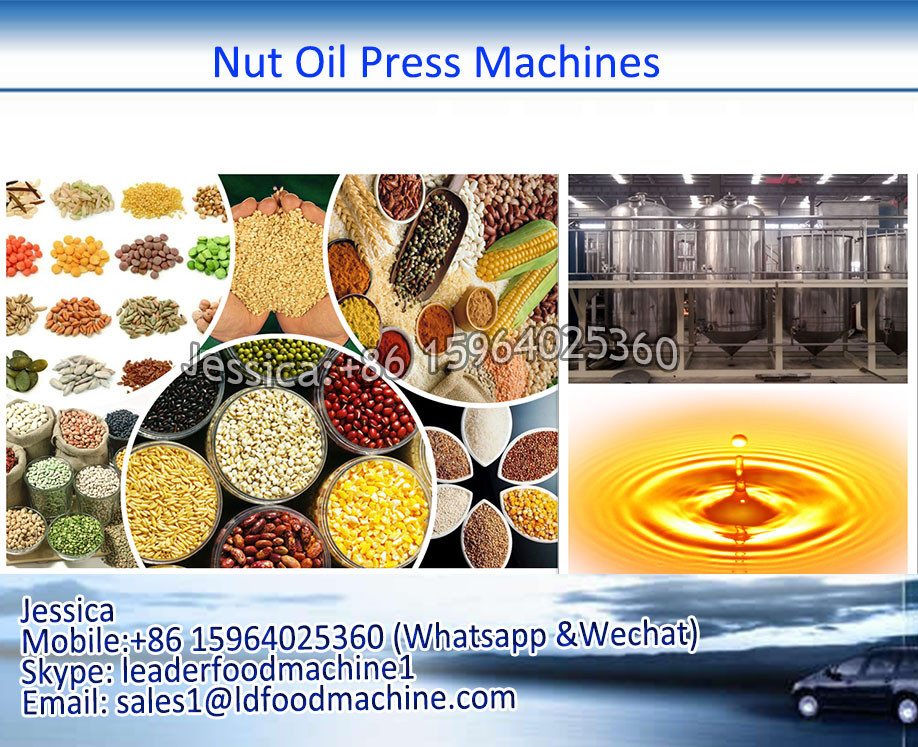
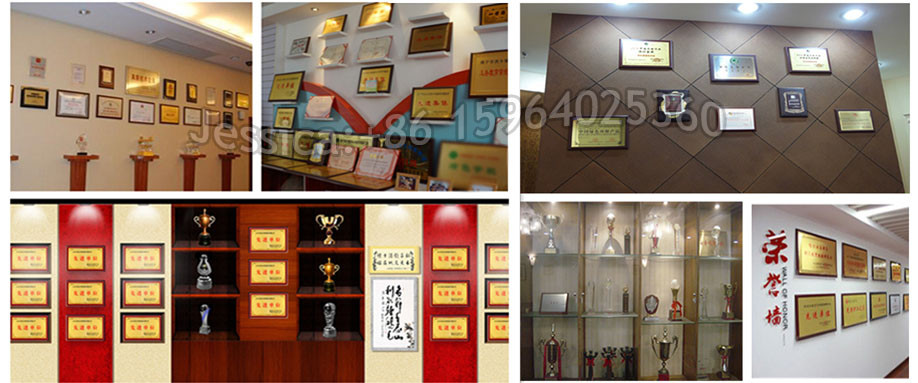
Main Paramaters
Soft water consumption |
≤ 160Kg/H |
Steam consumption |
≤ 300Kg/T oil |
Bleaching earth |
1-3Kg/T oil |
Power consumption |
≤ 22KWH/T oil |
Fuel consumption |
10-20Kg/T oil |
Oil content in waste white clay |
≤ 23% |
Phosphoric consumption |
0.5-1Kg/T oil |
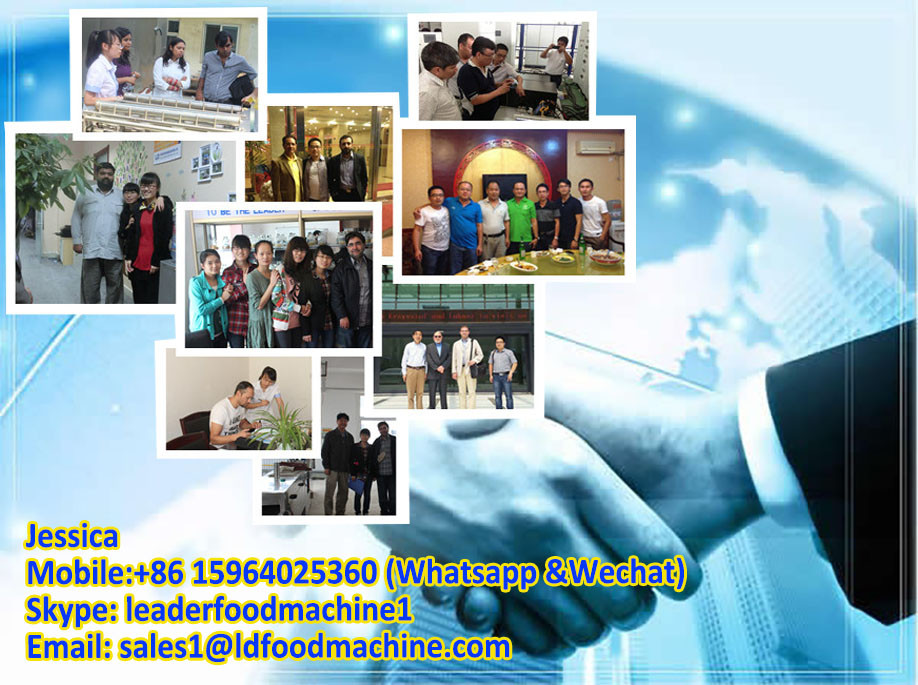

Process characteristics of 3T/D edible oil refining equipment.
Process description:
The whole process of intermittent refining:
Oil inlet→heating up→deacidification→dealkalizing→washing 2-3 times→dry dehydration. The total time is about 24 hours.
According to the difference of alkali thickness and oil temperature, the process of dealkalizing is divided into two types, one is low temperature with thick alkali (its initial temperature is 20 ~ 30 ℃, alkali thickness is 20 ~ 30 Be) and another one is high temperature with light alkali (its initial temperature is 75 ℃, alkali thickness is 10 to 16 Be). The former is generally applied and the latter is mainly used for crude oil which has low acid value, light clour and lustre, and less impurity.
I. Low temperature with thick alkali:
Adjust the oil temperature to 20~30℃, then put in 20~30Be alkali liquor in 5~10 minutes, and stir it about 20~60 minutes on condition of 60r/m. Increasing the temperature slowly when notice the separate of neatsoap after reacted, 1℃ per minute, when it reach 60℃, stop stiring, keep still and make soap feet settlement, it will takes nearly 6~8 hours, then let out the soapstock.
Ⅱ. High temperature light alkali operation:
Firstly,determine the alkali thickness in accordance with the alkali value of crude oil(according to the table below), account the alkali and water added in, when the alkali value is under 5, for each unit acid value, the total water added into per ton oil is 23 kg. When the alkali value is over 5, no more than 12% of the oil heavy, the exceeded alkali is only 0.005~0.002%.
Crude oil alkali value |
3 |
3~5 |
5~7 |
7~10 |
>10 |
Alkali thickness Be |
10 |
11 |
12 |
14 |
16 |
When operating, first mix the crude oil, heat the temperature to be 70 ~ 75 ℃ diluted saline or phosphoric acid (concentration 90%) , when particles appear, add alkali, then continue to stir for 40 ~ 50 minutes and heat up to be 90 ~ 95 ℃ until soap grain obviously separated, and put into nigre after 2 ~ 3 hours' static.
Ⅲ. Washing:
After releasing the nigre, grease heated up to boom 90℃, then add in the hot water for washing, stirring. Water temperature should be about 5 ~ 10 ℃ higher than the oil temperature, for low water temperature tends to emulsification. After adding the water, continue to stir for 5 minutes, then rest 4 hours for precipitation, and release the soap water, wash 2 ~ 3 times depending on the oil quality and decide. Washed oil slowly heated up to 105℃, stirred dehydration for 1 hour, washed oil can also direct inhaled decoloring pot and vacuum drying 30 minutes.
Method of operate for descoloring
1 start the vacuum pump,vacuum degree ≥700mmHg
First, after washing of alkali refining inhaled decoloring pot, stirring, at the same time warming up to 90 ℃, and stir another 30 minutes, decrease moisture below 0.1%, then inhale a few decoloring agents "white earth, activated carbon >, the quantity depends on the oil color, generally, oil amount 2 ~ 4%, stirring 30 minutes, cooled to 70 ℃, use compressed air pressure to filter oil machines to separate the white earth and oil, then get decoloring oil.
Method of operate for deodorizating
l By vacuum pump oil bleaching inhaled deodorization pot, up to 755 mmHg in vacuum degree , begin distillation and deodorization timing;
l Deodorizating time : 4 Hours
l Deodorization temperature: 240℃/755mmHg~260℃/759mmHg
l Deodorization vacuum degree: above 755mmHg
l There is steam distillation during the whole timing process.
l After deodorization, shut off the direct steam in vacuum condition , close conduction oil,open the valve for cooling water.,until the oil temperature nearly 40~80 ℃,shut off the vacuum pump valve,make test of the oil sample,if it is passed inspection,packing and finish all the manufacturing of edible oil.
Characteristics
l Both short mixed and long mixed process are adapted in washing sector, which ensures washing effectiveness.
l Equipped with vertical leaf filter to remove used bentonite from the oil, operating conveniently and continuously, low laboring tense, keeps environment well, keeps oil residence in deposable bleaching earth in low level.
l Due to accurate stirring method, decreased the maximum distance between the oil of cooling facet so as to ensure the same temperature of crystal with same quality. Better guaranteed that in the process of crystallization, crystal will not cluster in a intense area.
l Flexible system, cooling curve can be easily altered by changing water temperature, thus the kinds of products can be changed easily.
The main economic technical parameters:
Capacity T/D |
3T/D |
Steam consumption |
900KG/T oil |
Electric consumption: |
28Kwh/T oil |
Water(soften water) |
150Kg/T oil |
Phosphoric acid |
2~3 kg/T oil |
Alkali |
Acid valuex1-3kg/T oil |
Circulating water cooling water yield |
150M3/H |
Bleaching earth consumption |
3-5Kg/toil |
Waste bleaching earth oil content |
25~35% |
Refining losses |
Acid valuex1.2(chemical refining) |
acid valuex |
0.6(physics refining) |
Bleaching losses |
The quantity of bleaching earth×0.25% |
Deodorization loss consumption |
≤0.5% |
Refining rate |
1-refining consumption % |
Company Information


Customer visiting


Packaging & Shipping


Laboratory



 Approvals
Approvals


Our Services
Pre-sale
System evaluation: 1)Project basic situation
Solution: 1)The investment budget. 2)Feasibility, rationality
Product selection: 1)Factory inspection. 2)Site measurement. 3)Technical discussion. 4)Supply professional drawing and lists.
Win--win coopration: 1)Sign the contract. 2) Establish mutual benefit, strategic cooprative partnership.
In-sale
Design evaluation:1) Detailed technical assessment, arrangement. 2)Design of process and equipment layout.
Procurement: Strictly inspection, optimized selection.
Installation: 1)Quality and quantity guaranteed. 2)Completion of hand over.
Acceptance:1)Acceptance test. 2)Accepted deliverable
Technical training: 1)On-site installation and products training. 2) Operation skills training. 3) Maintenance training. 4) Centralized technical training
After-sale
Technical service: Long time technical service
Accessories supplying: Supplying spare parts with cost price.